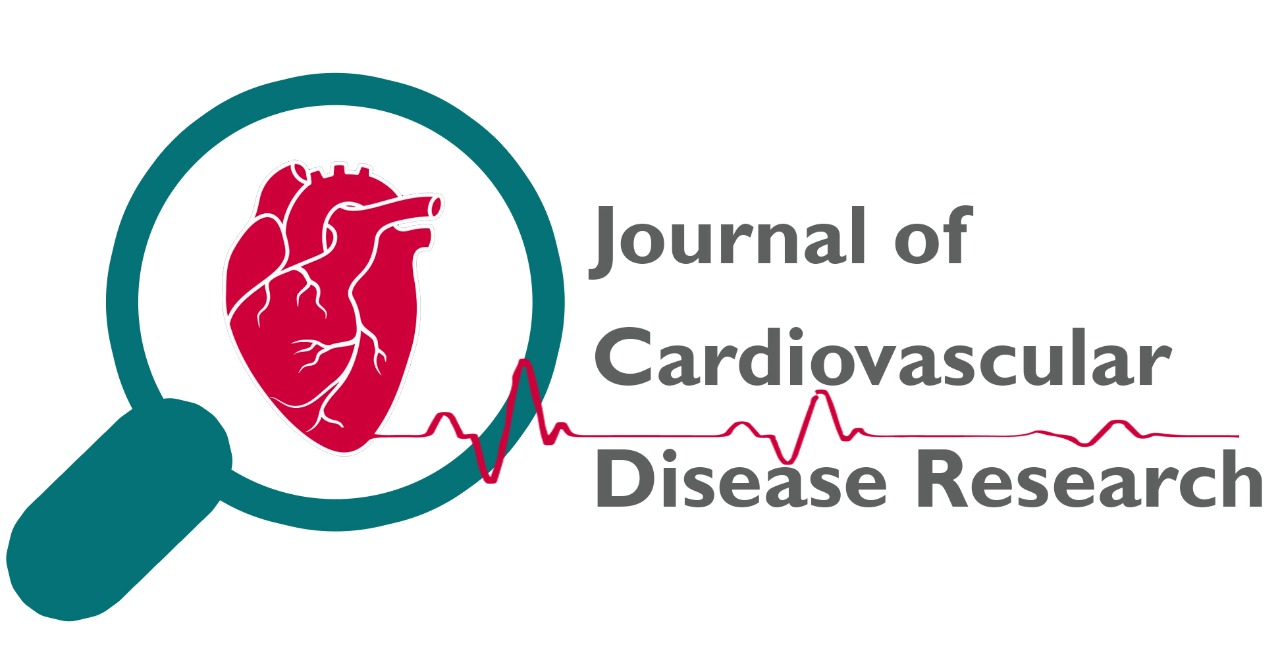
Clinical profile of congenital heart disease in neonates
Ashutosh Singh Rathore, Hitarth Doshi, Ayush Shah
JCDR. 2023: 2112-2129
Abstract
Aims and Objective: To evaluate clinical profile of various CHDs identified during newborn period. Material and method: The study was conducted in Dhiraj hospital, Department of Pediatrics and Neonatology. Total 73 cases diagnosed CHD by Echocardiography in neonatal period were studied. Study period: February 2021 to July 2022(1.5 year span). All babies of CHD were subjected to detailed clinical history and through clinical examination which included cardiac examination and other relevant systemic examination as well as co morbid conditions. Echocardiography findings were noted in details. Details regarding all neonates having CHD were noted in the prescribed Performa. Hospitalized neonates were reviewed daily till discharge and then on follow up basis up to 3 months of age. Outcome was recorded as discharged, leave against medical advice, transfer to other facilities, and expired.Follow -up was done up to 3 months of age during which infant was examined in detail ,complaints if any were assessed , anthropometry was noted and a 2dEcho was done . Results and Conclusion: Out of total 73 babies; 59(80.82%) were Acyanotic type of CHD while 14(19.17%) were Cyanotic type of CHD.Amongst 59 Acyanotic CHD cases; commonest was ASD in 20 (27.4%), followed by PDA in 19 (26.02%), VSD in 7(9.58%) . Amongst Cyanotic 14(19.17%) cases, maximum incidence was of TGA 4 (5.47%) cases; followed by TAPVC and COMPLEX CHD in 2 (2.73%). The majority of newborns with CHD (75.23%) were LBW. Among newborns with CHD, 48.4% were preterm.CHD was diagnosed ≤ 7 days of life in 83.5% and 16.39% in >7 days of life. Neonates with associated co morbid condition were 60(82.1%) and 13(17%) were without any associated co morbid condition. Primary complain of most the babies was breathing difficulty (75.34%) followed by feeding difficulty(45.8%). The most common presenting sign was murmur (91.78%) followed by tachycardia (54.79%), tachypnea(56.16%), chest retraction (44.28%), bounding pulse (15.27%), weak pulse (6.94%), cyanosis (19.44%), hypotension (9.72%). Among chest radiographic profile maximum presentation was with cardiomegaly in 18(24.65%) followed by Lung opacity 7(9.58%) and pulmonary plethora in 6(8.22). Among 7 (9.58%) expired babies, none had cyanotic CHD while 7(9.58%) had Acyanotic CHD. In all acyanotic type CHD, cardiac defect was a contributing factor for their death rather than primary cause of death. Out of 73 cases of CHD ,45(61.64%) came for regular follow up out of which 27(60 %) had absolutely normal echo on follow up while other 18(40 %)had abnormalities Out of 45 follow- up,23.2% of children suffered from respiratory tract infection and 9.5% had complain of not gaining weight, while 40% children thrived well. Key words: Congenital heart disease, Cyanotic, Acyanotic, Neonates
Description
.
Volume & Issue
Volume 14 Issue 2
Keywords
.
|
This is an open access journal which means that all content is freely available without charge to the user or his/her institution. Users are allowed to read, download, copy, distribute, print, search, or link to the full texts of the articles in this journal without asking prior permission from the publisher or the author. This is in accordance with the Budapest Open Access Initiative (BOAI) definition of open access.
The articles in Journal of Cardiovascular Disease Research are open access articles licensed under the terms of the Creative Commons Attribution Non-Commercial License (http://creativecommons.org/licenses/by-nc-sa/3.0/) which permits unrestricted, non-commercial use, distribution and reproduction in any medium, provided the work is properly cited. |
|
|
|
|
|
Copyright � 2022 Journal of Cardiovascular Disease Research All Rights Reserved. Subject to change without notice from or liability to Journal of Cardiovascular Disease Research.
For best results, please use Internet Explorer or Google Chrome POLICIES & JOURNAL LINKS
Author Login
Reviewer Login About Publisher Advertising Policy Author's Rights and Obligations Conflict of Interest Policy Copyright Information Digital Archiving & Preservation Policies Editorial Policies Peer Review Policy Editorial & Peer Review Process License Information Plagiarism Policy Privacy Policy Protection of Research Participants (Statement On Human And Animal Rights) Publication Ethics and Publication Malpractice Statement Corrections, Retractions & Expressions of Concern Self-Archiving Policies Statement of Informed Consent Terms of Use |
Contact InformationJournal of cardiovascular Disease Research,
|




